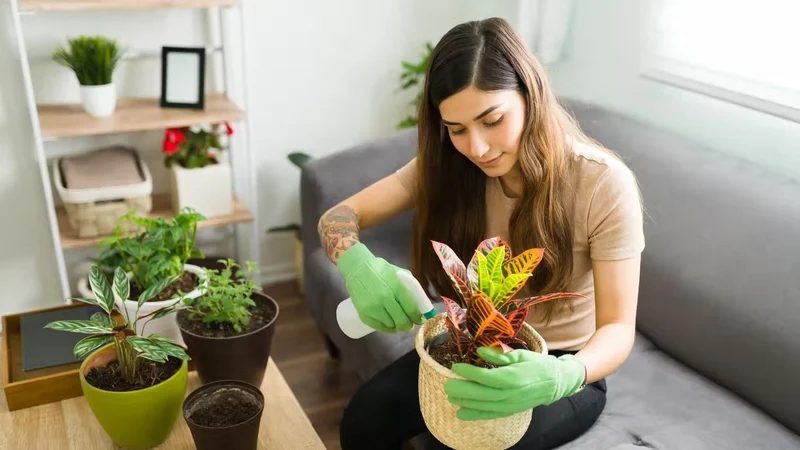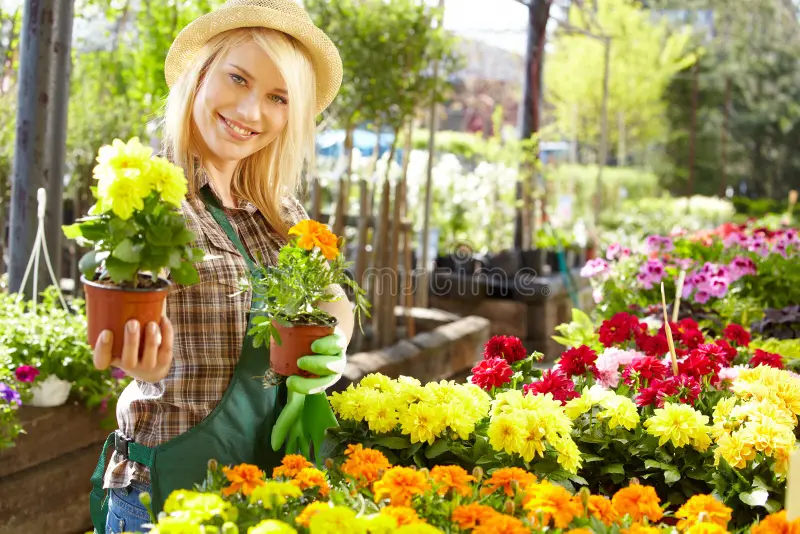
12 Flowers to Plant in August for a Vibrant Spring Garden
As summer begins to wane, August offers a unique opportunity to prepare your garden for the upcoming seasons. Planting the right flowers now can ensure a stunning display come spring. Here’s a guide to 12 flowers perfect for August planting, along with essential tips to help you cultivate a garden that will burst into color and fragrance by early next spring.

1. Pansies

Why Plant: Pansies are beloved for their cheerful blooms and ability to withstand cooler temperatures. They offer a wide range of colors, from deep purples to vibrant yellows, making them a versatile choice for garden borders, containers, or flower beds.
Planting Tips:
- Location: Pansies thrive in full sun to partial shade, making them ideal for both sunny spots and areas with some afternoon shade.
- Soil: These flowers prefer well-draining, fertile soil. Incorporate organic matter like compost to enhance soil quality.
- Watering: Maintain consistent moisture, especially during dry periods, but avoid waterlogging the roots, as this can lead to rot.
Care Tips: Deadhead spent blooms to encourage continuous flowering and apply a balanced fertilizer every four to six weeks to support healthy growth.
2. Snapdragons
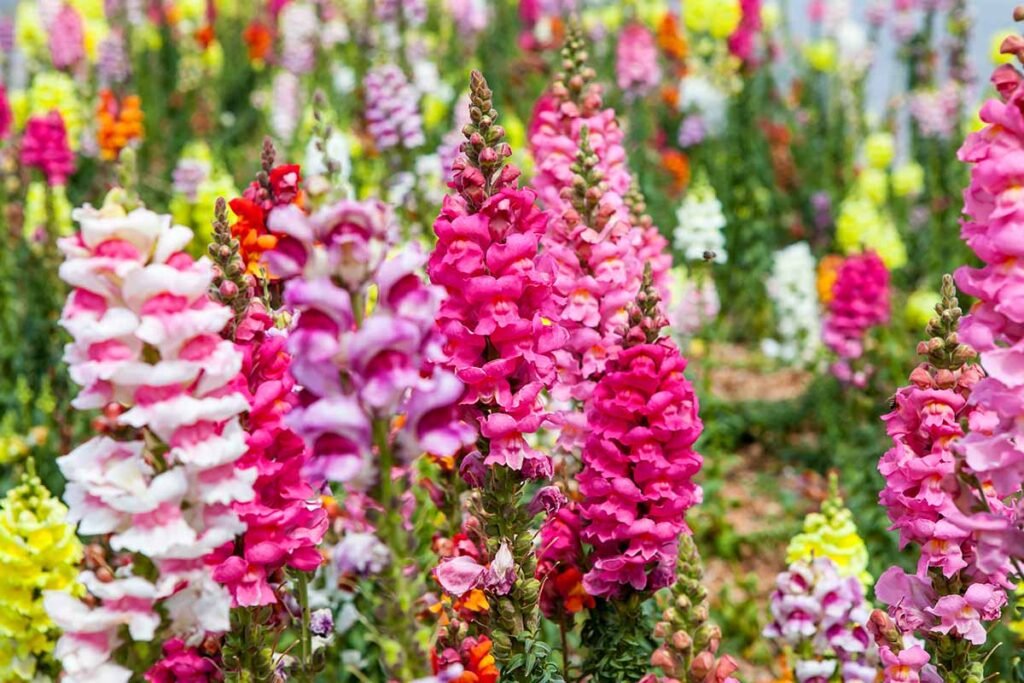
Why Plant: Known for their tall spikes and vivid hues, snapdragons are a favorite for adding height and drama to garden beds. They bloom in fall and then again in spring, providing a long season of interest.
Planting Tips:
- Location: Snapdragons prefer full sun and should be planted in an area that receives at least six hours of sunlight daily.
- Soil: Ensure soil is well-drained and rich in organic matter. A pH level of 6.2 to 7.0 is ideal for optimal growth.
- Watering: Water thoroughly after planting and during dry spells, keeping the soil moist but not soggy.
Care Tips: Pinch back the stems of young plants to encourage bushier growth and stronger stems.
3. Sweet Peas

Why Plant: Sweet peas are adored for their intoxicating fragrance and delicate, colorful blossoms, they are perfect for trellises, fences, or as cut flowers in bouquets.
Planting Tips:
- Location: Plant in a location with full sun to partial shade. Morning sun with afternoon shade can protect them from extreme heat.
- Soil: Sweet peas thrive in rich, well-draining soil. Incorporate well-rotted manure or compost to improve soil fertility.
- Watering: Keep the soil consistently moist, especially during dry periods, to support healthy growth and abundant flowering.
Care Tips: Regularly support climbing varieties, such as a trellis or fence, and deadhead to prolong blooming.
4. Hellebores
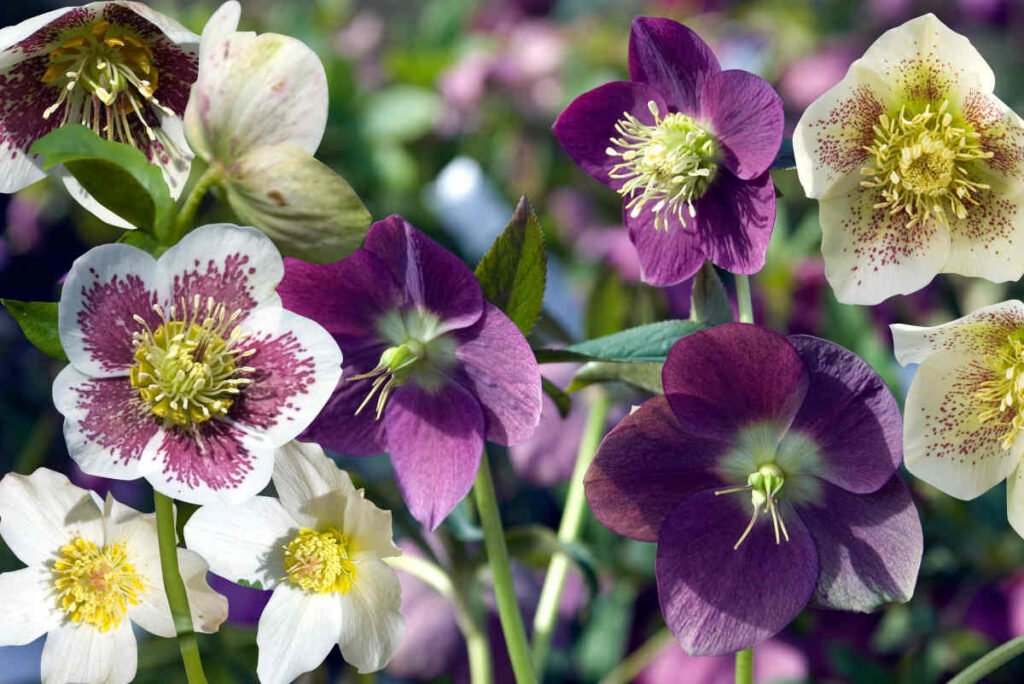
Why Plant: Hellebores, or “Lenten Roses,” are valued for their early blooming period, often flowering in late winter or early spring when little else is in bloom. Their nodding blooms come in shades of white, pink, and purple.
Planting Tips:
- Location: Choose a spot with partial to full shade. Hellebores are ideal for woodland gardens or shaded borders.
- Soil: These perennials prefer moist, well-drained soil enriched with organic matter.
- Watering: Ensure consistent moisture, especially during dry spells, to support healthy root development.
Care Tips: Remove old or damaged leaves in early spring to allow new growth to emerge and prevent disease.
5. Daffodils
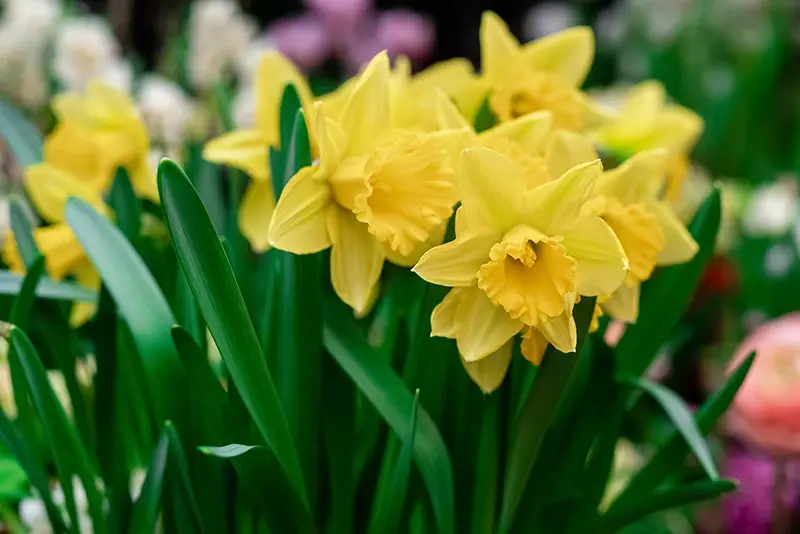
Why Plant: Daffodils are a classic symbol of spring, with cheerful yellow blooms that brighten any garden. They are easy to grow and require minimal maintenance.
Planting Tips:
- Location: Plant daffodils in full sun or partial shade. They thrive in garden beds, under trees, or in naturalized settings.
- Soil: Well-drained, slightly acidic to neutral soil is best. Adding compost can improve soil structure and fertility.
- Watering: Water bulbs immediately after planting to settle the soil and encourage root growth.
Care Tips: Allow foliage to die back naturally after flowering to replenish the bulb for the next season.
6. Tulips

Why Plant: Tulips offer a wide variety of colors and forms, making them a versatile choice for any garden design. From classic reds and yellows to more exotic purples and blacks, tulips can fit any aesthetic.
Planting Tips:
- Location: Choose a sunny location with well-drained soil to prevent bulb rot.
- Soil: Sandy, well-drained soil enriched with organic matter is ideal for tulips.
- Watering: Water the bulbs after planting and ensure the soil remains moist but not waterlogged.
Care Tips: Plant tulip bulbs at a depth of about 6 to 8 inches to protect them from winter cold and prevent animals from digging them up.
7. Irises

Why Plant: Irises are known for their striking, intricate blooms and sword-like foliage. They add height and drama to borders and beds.
Planting Tips:
- Location: Full sun is essential for irises to thrive and produce abundant blooms.
- Soil: Well-drained soil with a slightly acidic to neutral pH is preferred. Avoid areas where water may pool after heavy rains.
- Watering: Moderate watering is sufficient; avoid waterlogged conditions to prevent rhizome rot.
Care Tips: Divide clumps every three to four years to prevent overcrowding and maintain vigorous growth.
8. Alliums

Why Plant: Alliums, or ornamental onions, are known for their tall, globe-shaped flower heads that add architectural interest to any garden.
Planting Tips:
- Location: Full sun is ideal, but alliums can also tolerate light shade.
- Soil: Sandy, well-drained soil with good fertility will support healthy growth.
- Watering: Water moderately, allowing the soil to dry out between waterings to prevent bulb rot.
Care Tips: Leave foliage to die back naturally after flowering to nourish the bulbs for next year’s growth.
9. Primroses
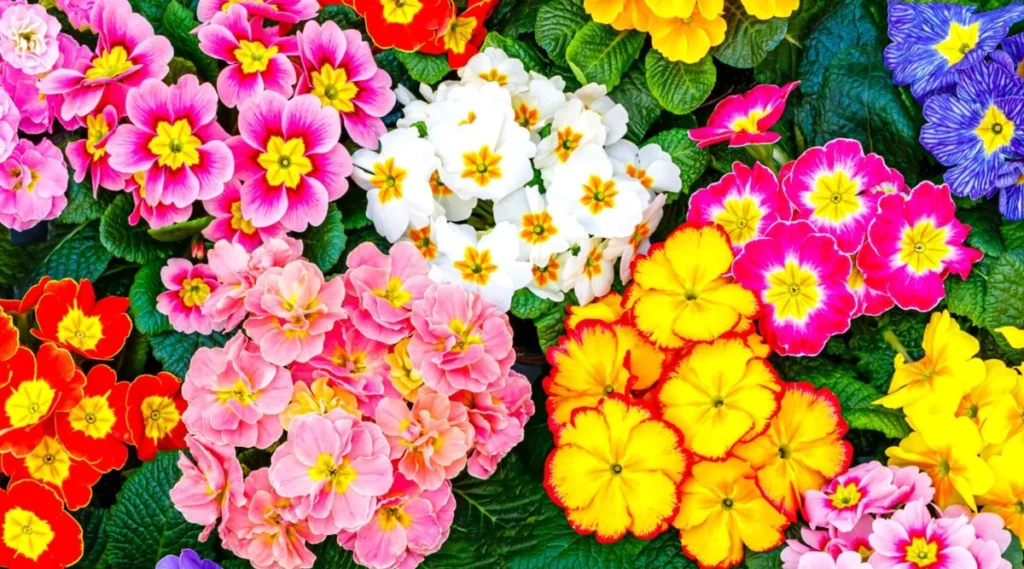
Why Plant: Primroses are one of the earliest bloomers, providing color and life to the garden while other plants are still dormant. They come in a variety of colors, including pinks, yellows, and purples.
Planting Tips:
- Location: Plant in partial shade to mimic their natural woodland habitat.
- Soil: Rich, moist, well-drained soil is essential for primroses. Incorporate organic matter to retain moisture.
- Watering: Keep the soil consistently moist, especially during dry periods, to prevent wilting.
Care Tips: Mulch around plants to retain moisture suppress weeds, and remove spent blooms to encourage further flowering.
10. Winter Aconites

Why Plant: Winter aconites are among the first to bloom in late winter, offering a bright splash of yellow that heralds the approach of spring.
Planting Tips:
- Location: Choose a spot with partial shade, such as under deciduous trees, where they can receive spring sunlight before the trees leaf out.
- Soil: Rich, moist, well-drained soil enriched with leaf mold or compost is ideal.
- Watering: Water during dry spells in the fall to support root development.
Care Tips: Plant corms in groups for a more naturalized effect, and allow foliage to die back naturally after flowering.
11. Hyacinths

Why Plant: Hyacinths are treasured for their intense fragrance and vibrant, densely packed flower spikes. They are excellent for beds, borders, and containers.
Planting Tips:
- Location: Full sun to partial shade is ideal for hyacinths.
- Soil: Well-drained soil with good fertility is essential. Avoid heavy clay soils that retain moisture.
- Watering: Water bulbs thoroughly after planting to encourage root growth.
Care Tips: Plant bulbs about 6 inches deep and 4 inches apart to allow for growth and spread.
12. Crocuses
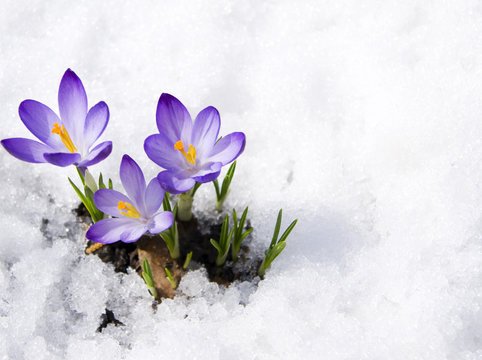
Why Plant: Crocuses are one of the first signs of spring, with delicate, cup-shaped flowers that appear even through snow. They are perfect for naturalizing in lawns and under trees.
Planting Tips:
- Location: Full sun to partial shade works well for crocuses.
- Soil: Well-drained, sandy soil is best. Avoid areas where water collects after rain.
- Watering: Ensure adequate moisture after planting to support root establishment.
Care Tips: Plant crocus bulbs in groups for a more dramatic effect, and allow foliage to die back naturally after blooming.
General Tips for a Thriving Spring Garden

- Soil Preparation: Before planting, enrich the soil with organic matter such as compost or well-rotted manure to improve drainage, fertility, and soil structure.
- Planting Depth: Follow specific planting depth guidelines for each bulb or plant. As a general rule, bulbs should be planted at a depth three times their height.
- Mulching: Apply a layer of mulch after planting to help retain moisture, suppress weeds, and protect the soil from temperature fluctuations.
- Pest Control: Protect young plants from pests such as slugs and snails with appropriate barriers or organic treatments. Consider using copper tape or diatomaceous earth around vulnerable plants.
- Regular Monitoring: Check your garden regularly for signs of disease or pests, and address issues promptly to prevent them from spreading.
- Planning and Spacing: Consider the mature size of plants when planning your garden layout. Proper spacing ensures good air circulation, reducing the risk of disease.
- Companion Planting: Use companion planting techniques to attract beneficial insects, improve soil health, and deter pests. For example, planting marigolds alongside other flowers can help repel aphids.
- Overwintering Tips: Consider covering tender plants with frost cloth or mulch in colder climates to protect them from harsh winter conditions.

By planting these flowers in August and following these tips, you’ll set the stage for a breathtaking display of blooms that will welcome the spring with open arms. With thoughtful planning and care, your garden will not only survive the winter but thrive in the spring, providing a colorful and fragrant haven that delights all the senses.


